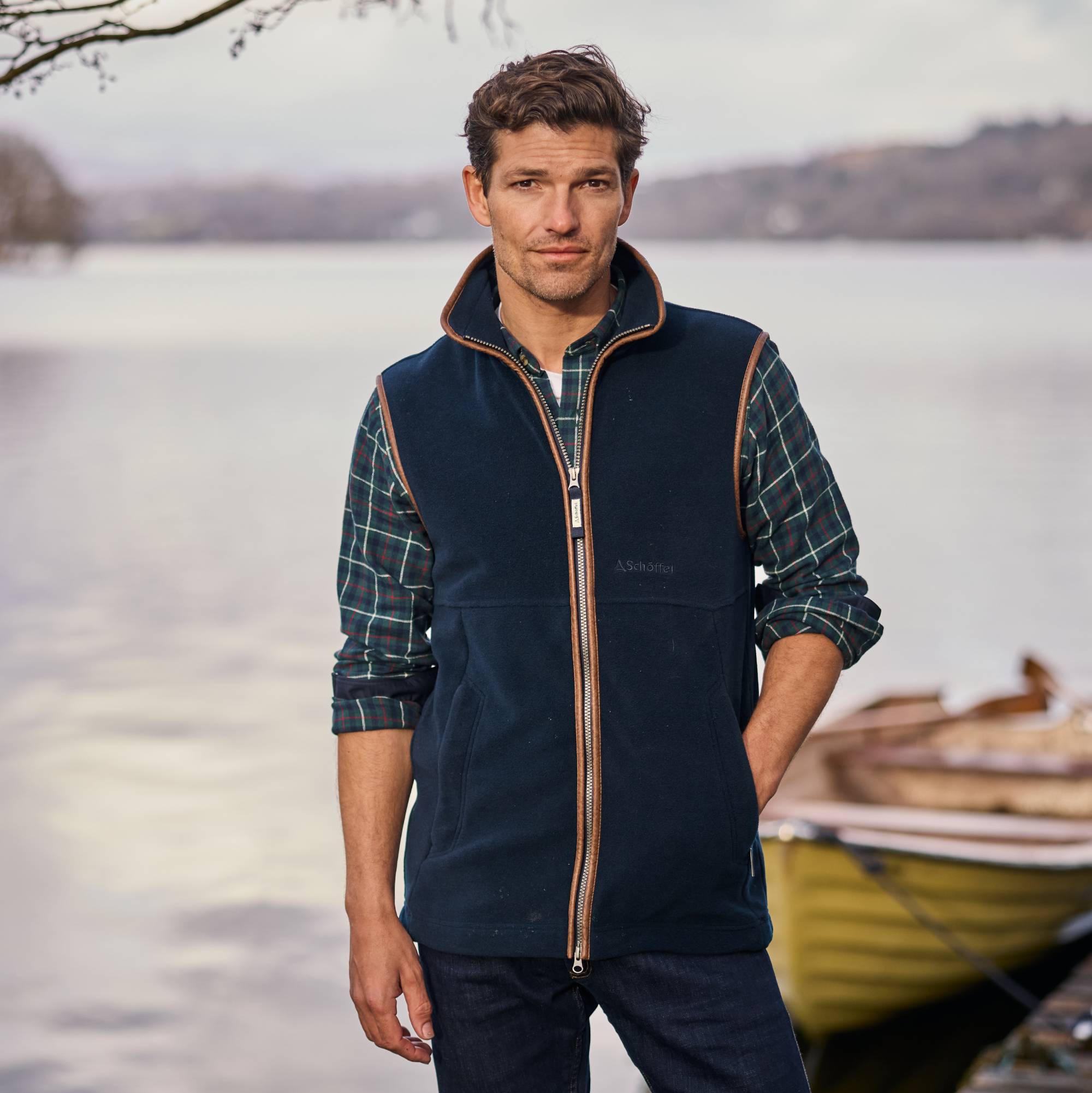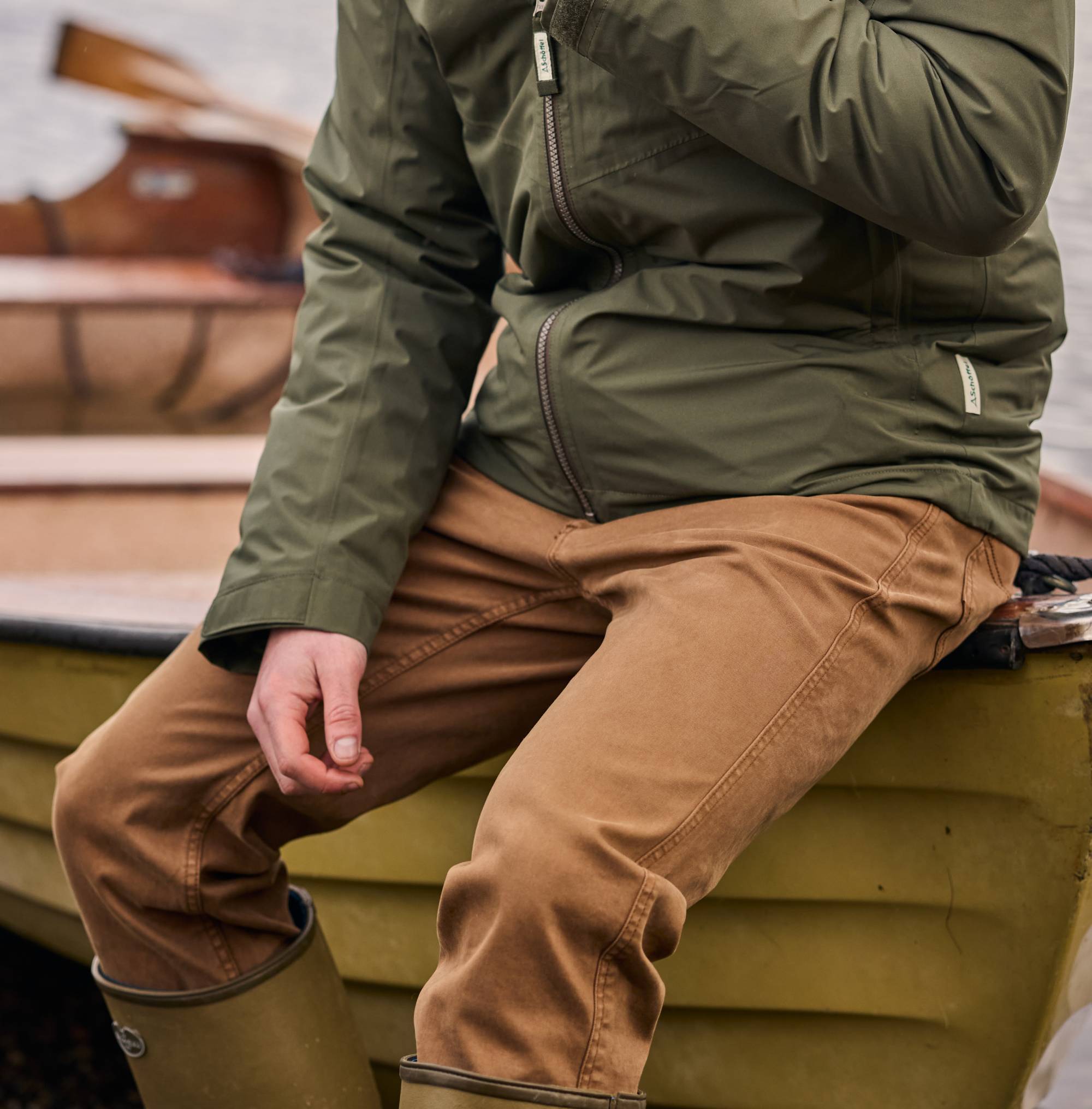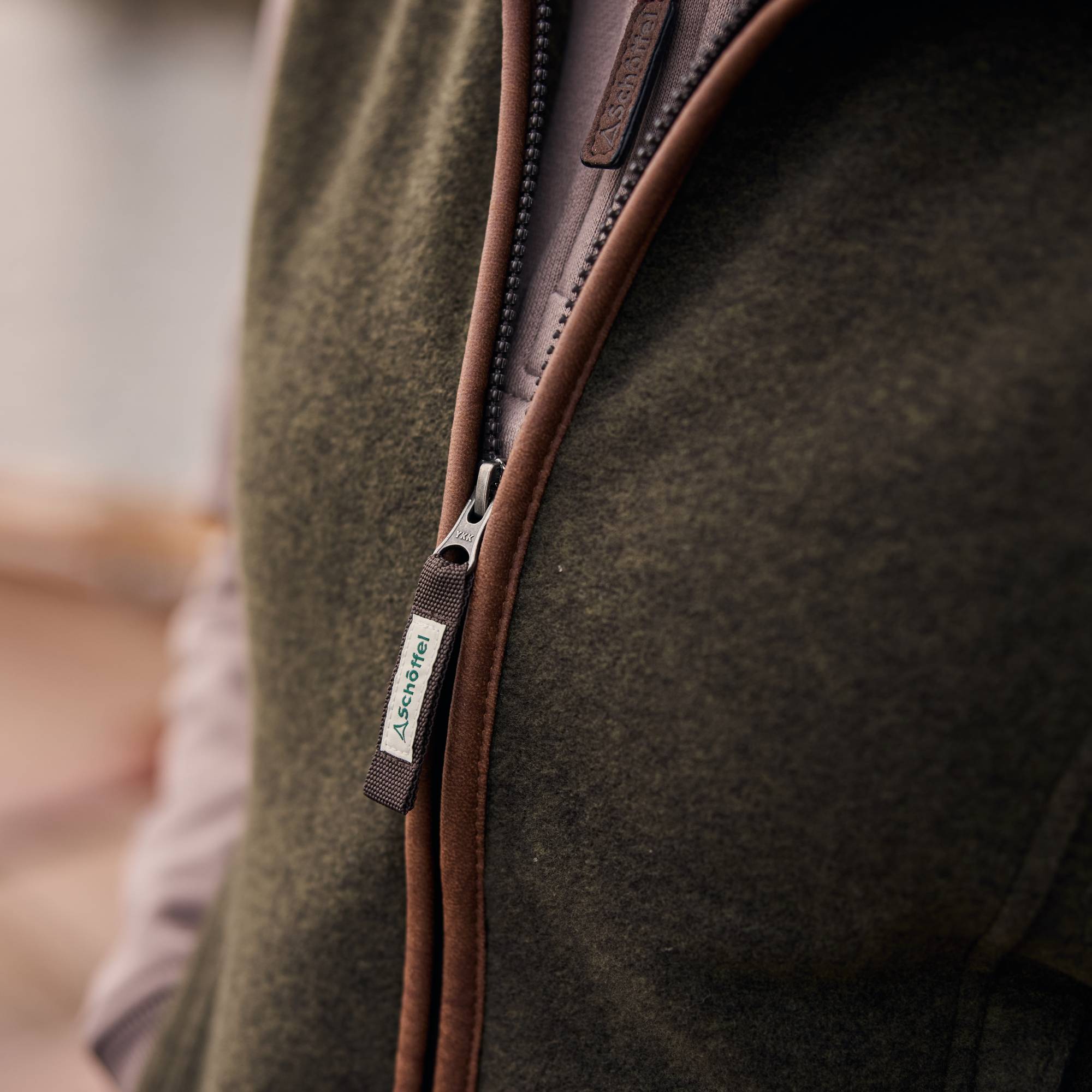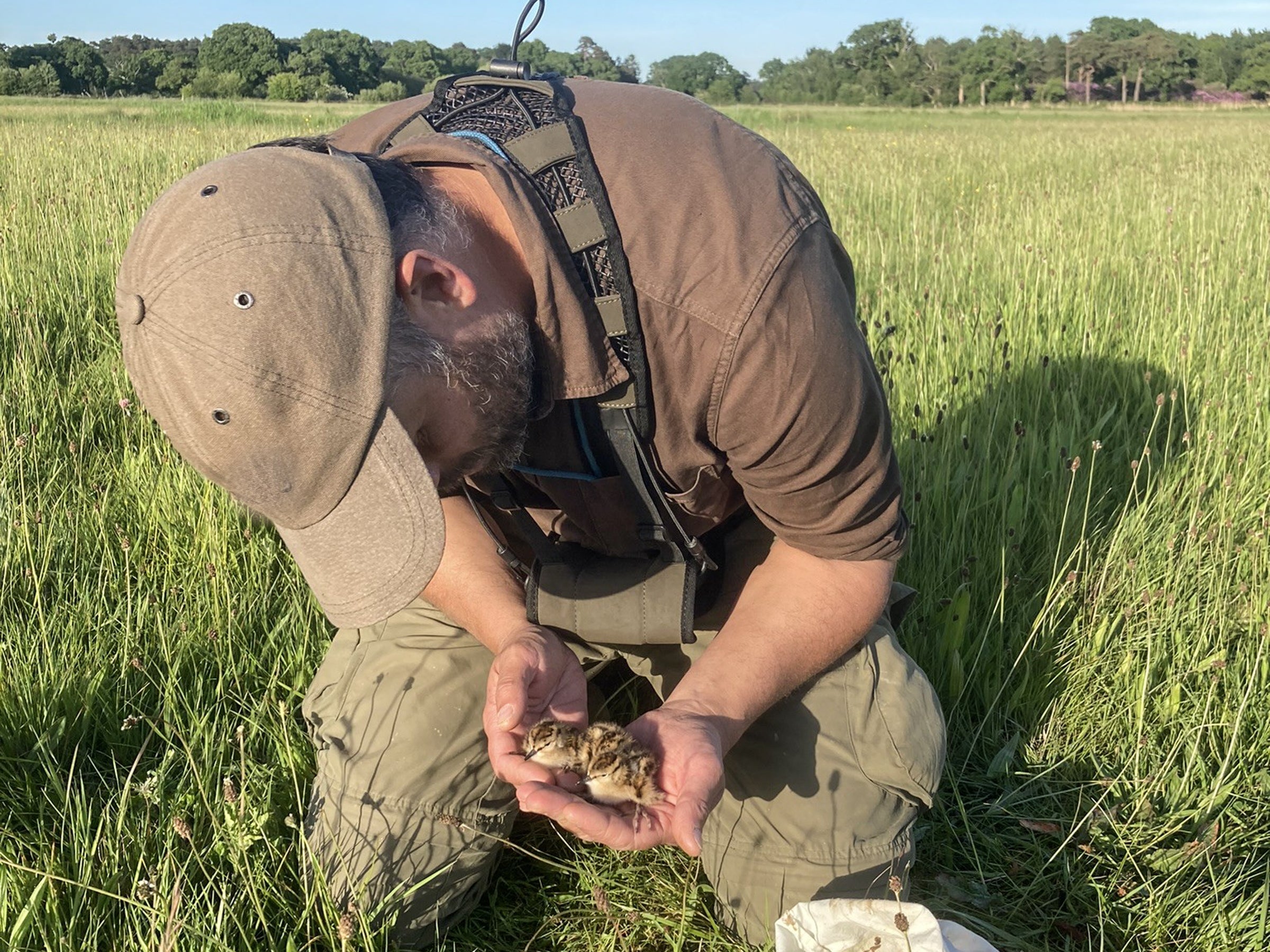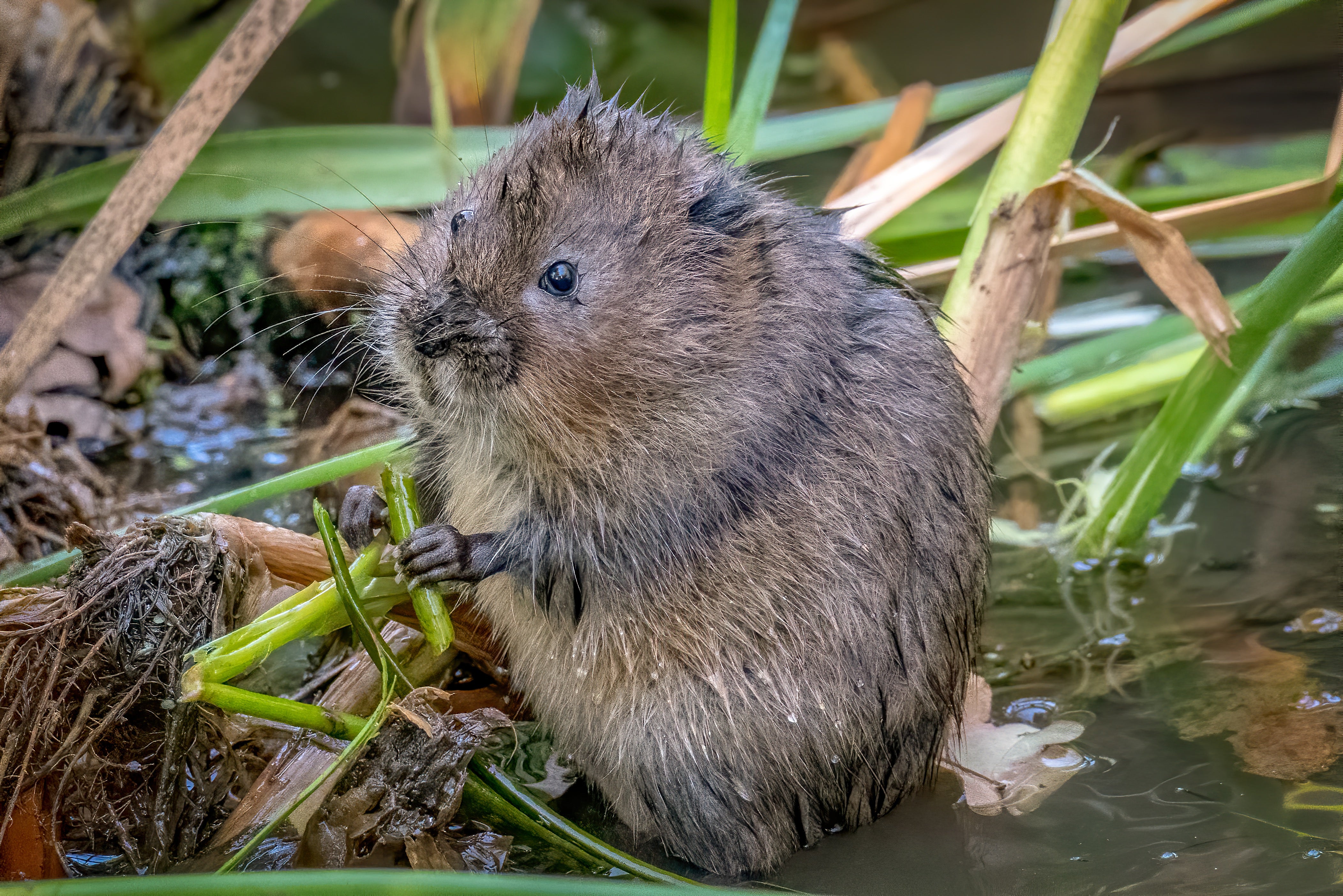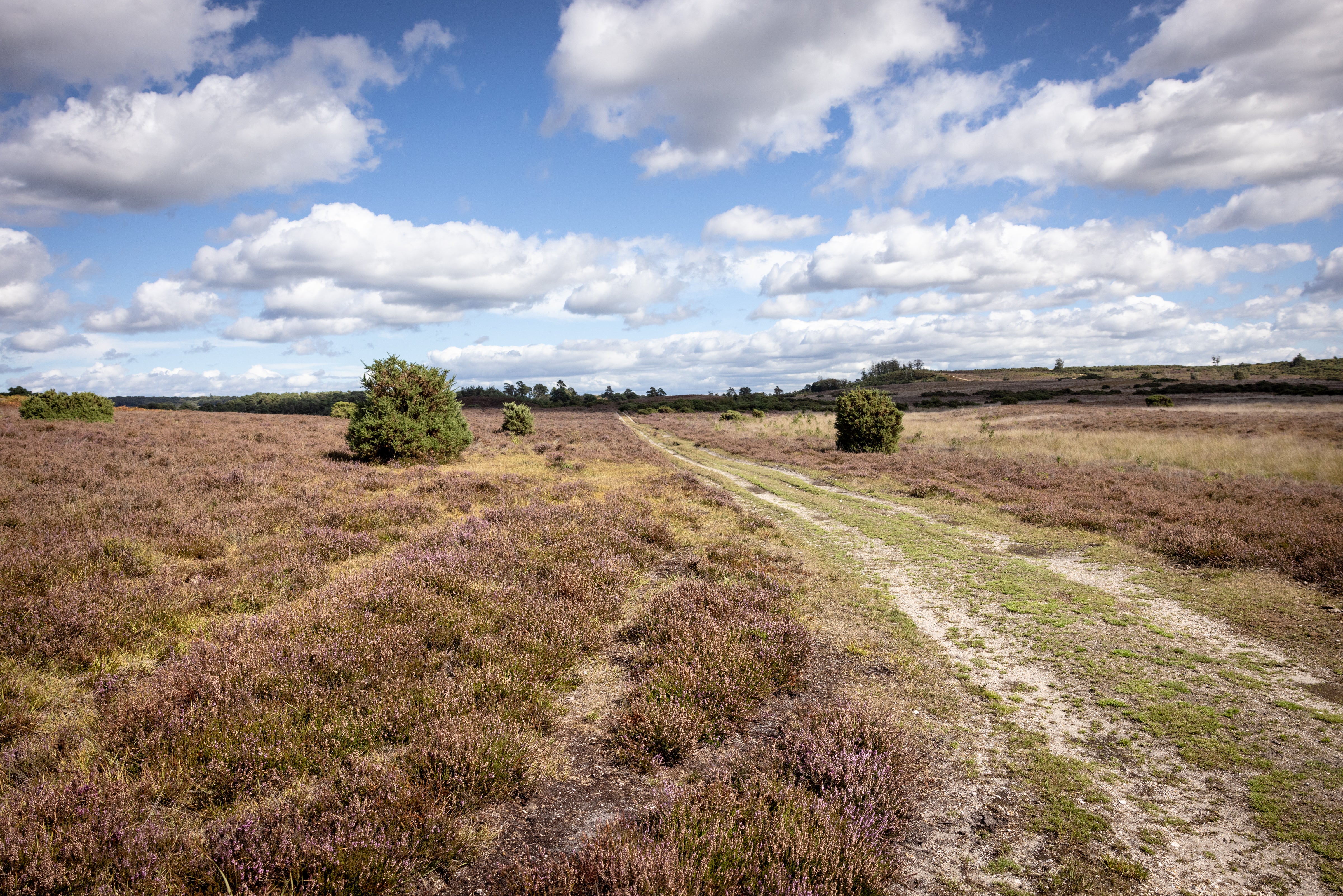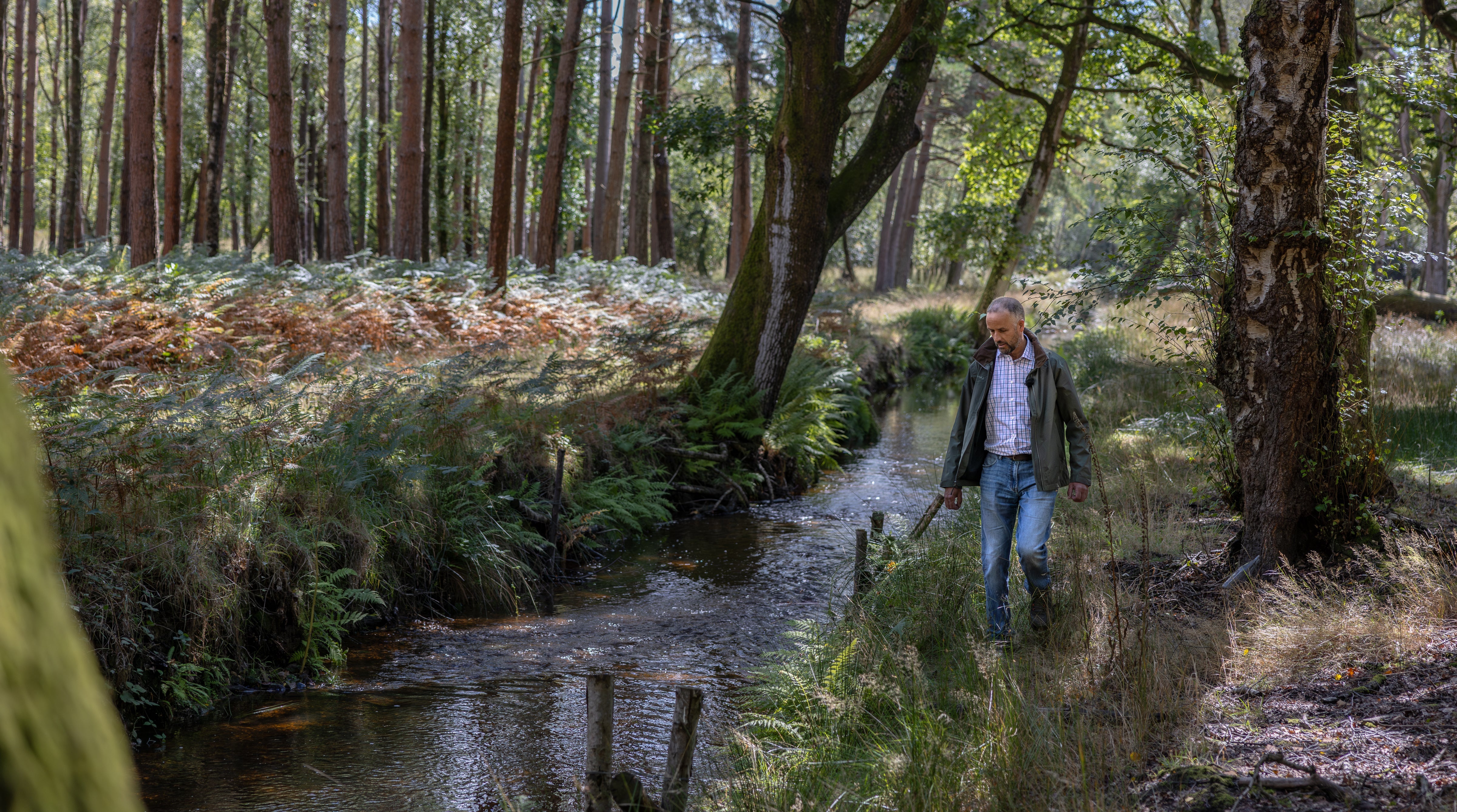

The unsung heroes of the countryside | Episode 3: Rupert Brewer
Meet Rupert Brewer, winner of the Working Conservationist category in the 2025 Schöffel Countryside Awards, as we visit him on the Bisterne Estate in Hampshire. Learn all about Rupert’s approach to working with others, data collection, and changing perceptions in the conservation space.
It’s hard to imagine a day in the life of Rupert Brewer. He might just have the most varied role of any ’keeper I know.
In the space of a few hours, he could be monitoring water voles, counting roding woodcock, talking to a class of schoolchildren, feeding pheasants or applying for another licence to improve habitat on a protected site – and honestly, that’s hardly scratching the surface.
I say ‘keeper’... Rupert’s official title is ‘game and wildlife manager’, which perhaps positions him better for meetings with the many countryside stakeholders he collaborates with – at least until they realise what he’s about...
Changing perceptions
“A lot of people I deal with in other areas of conservation have the view that farms are bad and gamekeepers are just pure evil,” Rupert said as his truck rolled to a stop on a wooden sleeper bridge. “I want to challenge that perception and show them what can actually be done.”
'Below us, Ripley Brook meandered steadily south. It would be the first of many projects, past and present, we’d visit throughout the day on a whistle-stop tour of the Bisterne Estate, which covers 4,000 acres on the edge of the New Forest in Hampshire.
“When I arrived here in 2012 I had a discussion with the landowner,” explained Rupert as we walked along the river’s edge. “And he was very concerned about handing over the estate to the next generation with fewer species than when it had been passed down to him.
“I said to him, ‘Well, we can do something about that. Let’s reverse declines. Let's try and reintroduce some species’.”
It would mark the start of a relentless campaign of nature recovery that has taken in a range of habitat types from heathland and woodland to wet meadows and rivers. All manner of wildlife has benefited, from sea trout and sand lizards to redshank and water voles.
“I’m very competitive, so I like to take on challenges, especially when people say something won’t work,” he added. “But the key to real progress with these things is collaboration and communication”.
Communication in conservation
By all accounts, working with others towards a common goal is something Rupert has excelled in over the past 13 years. “Getting the right people involved and the correct advice is vital. For this project,” he said, looking downstream toward a large root system of a tree that had been winched into the river’s edge, we worked with the Wessex Chalk Stream Trust.
“And over the years, we’ve worked with Forestry England, Environment Agency, Freshwater Habitats Trust, Amphibian and Reptile Conservation Trust, and Game & Wildlife Conservation Trust, to name a few.
“I love meeting new people who specialise in niche areas. You can learn so much from them.”
Knowledge sharing and communication is, Rupert was quick to make clear, vital in conservation. “We have an arable farm, a dairy, forestry works, and it’s about communicating what I’m trying to achieve while being mindful of the other businesses.
“What I’ve found is that when others know you are recovering a species, and they understand what you trying to achieve, they want to be involved. They will work with you.”
He approaches conversations with the general public in much the same way. “I'm always happy to talk to people I find on a footpath, and I always ask what they're looking for because I can usually help them. If they want to take a photograph of a hare or something, I can point them in the right direction, and it's appreciated.
“I think all projects, estates or farms should really make an effort to talk to people about what they do and what they’ve achieved, and share that experience with the public, specialist groups, and others. Be open-book about things. Be proud of it.”
Nature recovery at scale
Over the years, Rupert’s energy has driven a remarkable range of initiatives at Bisterne. There’s the Better Boundaries Project, which reconnected fragmented habitats through the planting and laying of hedgerows, and managing woodland edges – changes that major on connectivity and stitch the wider landscape back together for small mammals, pollinators and songbirds.
The GWCT-led Waders for Real project and the New Forest Curlew project, meanwhile, focused on habitat restoration and predator exclusion and management, to bolster breeding success of lapwings, redshank, little ringed plover, oystercatcher, and snipe.
He has worked alongside the University of Highlands and Islands on reducing deer impacts on the surrounding environment, and the British Trust for Ornithology on woodcock monitoring. In 2023, Bisterne recorded the highest density of breeding woodcock anywhere in the UK – the result of Higher Tier CSS habitat management and stringent predator management.
Then there’s the project that perhaps gives Rupert the greatest satisfaction: reintroducing water voles to his parcel of the Avon Valley.
“We worked with the GWCT on that,” he explained, now crouching beside the reprofiled bank of a ditch where some of the releases took place. “They helped with site selection and preparation and the release itself. And we upped our mink trapping efforts and used trail cameras to great effect. It’s been a huge success. Hearing that little plop of a vole disappearing into the water – that’s when you think, ‘I did that. We did that.’”
He paused for a moment as swallows twisted and turned about us. “This is what makes it worthwhile. You can actually see and hear the results of the time and effort invested.”
It would have been easy, as we trundled from one project site to another, to fall into the trap of assuming Rupert has moved just as seamlessly from one project to another. The reality? The results that are in black and white –the 285% increase in breeding redshank, the 75% increase in breeding lapwing, and a 40% increase in suitable sand lizard breeding habitat within the New Forest– have been earned through a great deal of hard work. For every new pond or patch of restored heathland, there can be months of groundwork, planning, surveying or negotiation. Then comes the work on the ground... “We’re very good at talking about landscape recovery, but at the end of the day, somebody’s got to pick up a spade. That’s what makes the difference,” reckoned Rupert.
The importance of data
Crucially, Rupert is able to show when something is working because he so often has the data to back it up. His approach is methodical and evidence-based, something he credits the Game & Wildlife Conservation Trust with encouraging. “I’m a great advocate for data collection,” he said. “You need to know what’s happening around you – what you’re getting right, what needs improving. If something isn’t working, you can stop and change it. But you only really know that if you’ve got the data.
For Rupert, that data might show nest survival rates of wading birds, the results of transect surveys for plant species on heathland, or something as simple as the number of barn owls raised each year in the estate’s bird boxes. Even his predator control is recorded meticulously on an app, helping him analyse patterns, trends and efficacy.
“To see your achievements in numbers is personally rewarding, too,” Rupert added. “When you start plotting figures, you can see the positive impact you’re having. It’s not just a feeling – it’s there in black and white. And that evidence brings people in. When you can show what’s possible, others want to be part of it.”
Indeed, Rupert has hosted everyone from DEFRA and Natural England representatives to local colleges and wildlife groups, all keen to see what private land management can achieve. “A lot of people are surprised at what’s going on behind the scenes on estates like this,” he said. “The work is often very targeted and very effective – but it doesn’t always get seen. That’s why we must talk about it.”
A long list of projects
Among the more unusual projects Rupert has been involved with is the white-tailed sea eagle reintroduction, working alongside the Roy Dennis Wildlife Foundation, supplying food for the chicks and providing feedback on predation events and impacts.
There was also the 10-year study into fox diets, population dynamics and landscape use, which gave rise to the legend of the well-travelled fox. “She was fitted with a GPS collar and the GWCT tracked her for miles,” Rupert recalled. “She crossed the New Forest, went through three different parishes, and spent several days scavenging outside a fish and chip shop in Totton before returning to harass our wading birds! It was fascinating.
And yet, despite the rich array of different projects, each with their own target species and objectives, connectivity is a major focus at Bisterne. The estate itself is a mix of farmland, forestry and wetland, managed as a living, working environment where production and conservation coexist. Rupert’s role, as he sees it, is to keep the balance – and to prove, through evidence and results, that harmony is not just possible but practical.
“There’s still plenty more to do, though,” he grinned when I put it to him that he his original goal set 13 years ago has without doubt been achieved. And that, perhaps, is what defines Rupert most – not just the results he’s brought about, but the relentless curiosity and quiet drive that keep him moving forward.

